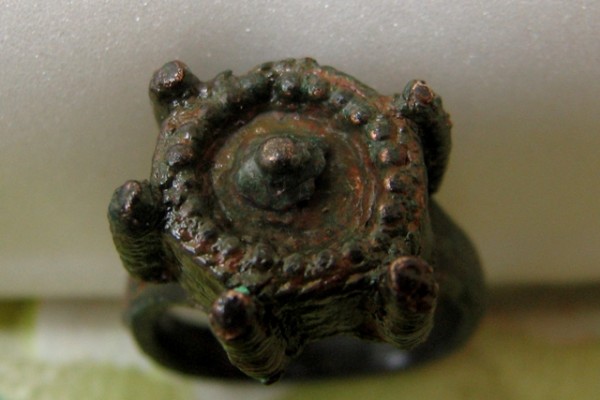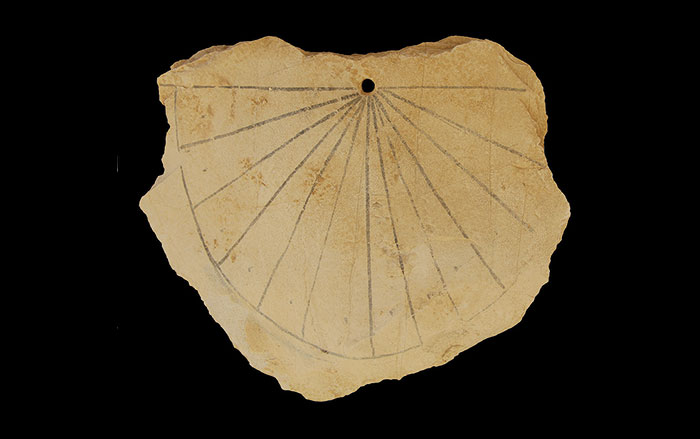
KAVARNA, BULGARIA—A bronze ring featuring a small compartment may have been made to conceal a poison, according to Boni Petrunova of the National Archaeology Institute and Museum in Sofia. Petrunova unearthed the ring at a medieval fortress at Cape Kaliakra, in an area where 30 pieces of jewelry have been found. “I have no doubts that the hole is there on purpose and the ring was worn on the right hand, because the hole was made in such a way so as to be covered by a finger, so that the poison can be dropped at a moment’s notice. Clearly, it was not worn constantly and would have been put on when necessary,” he said.











